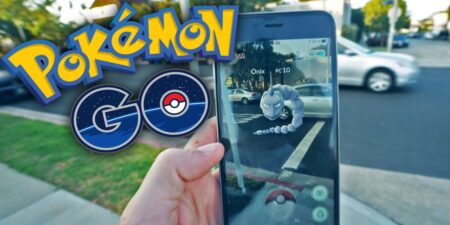
Summertime is a time where many people gather to enjoy their free time with friends and family. These can also be some of the most deadly times on the roads due to impaired driving. One of the deadliest and most often committed crimes is #drunkdriving. It is a serious safety epidemic in our country and across the world.
During the summer a nationwide campaign composed of thousands of traffic safety partner all join together to protect the public. The 2016 national drunk driving enforcement “Drive Sober or Get Pulled Over” goes into effect from August 17 to September 5, 2016. Prevention and arrest are the goals of this campaign. Drivers must perceive that the risk of being caught is too high before their behavior will change.
If you see an impaired driver on the road, contact law enforcement right away. Your actions may save someone’s life, and inaction could cost them their life. By increasing law enforcement efforts, raising the publics awareness, and maximizing your local resources, can make a huge difference to save more lives on roadways.
- Be responsible. If you know that someone is drinking, do not let that person get into a car and drive away.
- Have a designated driver. A good way to figure this out is to decide who’s going to be doing the driving before you go out. Also make sure that person doesn’t drink any alcoholic beverages.
- Call a taxi or Uber as a back up. Sometimes you cannot rely on all designated drivers.
- Take keys. You shouldn’t be afraid to take someone’s car keys if you know that they have been drinking and that you are going to save their life.
- If you know that you have had too much to drink, stay put and sober up.


 Have you recently noticed gaggles of people walking in groups with their attention focused on the phones in their hand? They seem to be looking for something, find it, and then continue on their way – all without once looking up from their phones? Well, we have answers for you. It’s called
Have you recently noticed gaggles of people walking in groups with their attention focused on the phones in their hand? They seem to be looking for something, find it, and then continue on their way – all without once looking up from their phones? Well, we have answers for you. It’s called 


 Like many traditions, caroling harkens back to olden times. On Twelfth Night, people in the apple growing regions of southern and western England gathered in orchards for wassailing. Because wages were often paid in apple cider, a bountiful harvest was necessary for the livelihood of the landowner and laborers. Dancing and singing traditional songs, the people paraded through the orchards pouring apple cider on the trees and settling cider soaked bread on branches to chase away evil spirits. They toasted the apple trees with a hearty “waes hael” (good health.)
Like many traditions, caroling harkens back to olden times. On Twelfth Night, people in the apple growing regions of southern and western England gathered in orchards for wassailing. Because wages were often paid in apple cider, a bountiful harvest was necessary for the livelihood of the landowner and laborers. Dancing and singing traditional songs, the people paraded through the orchards pouring apple cider on the trees and settling cider soaked bread on branches to chase away evil spirits. They toasted the apple trees with a hearty “waes hael” (good health.)



